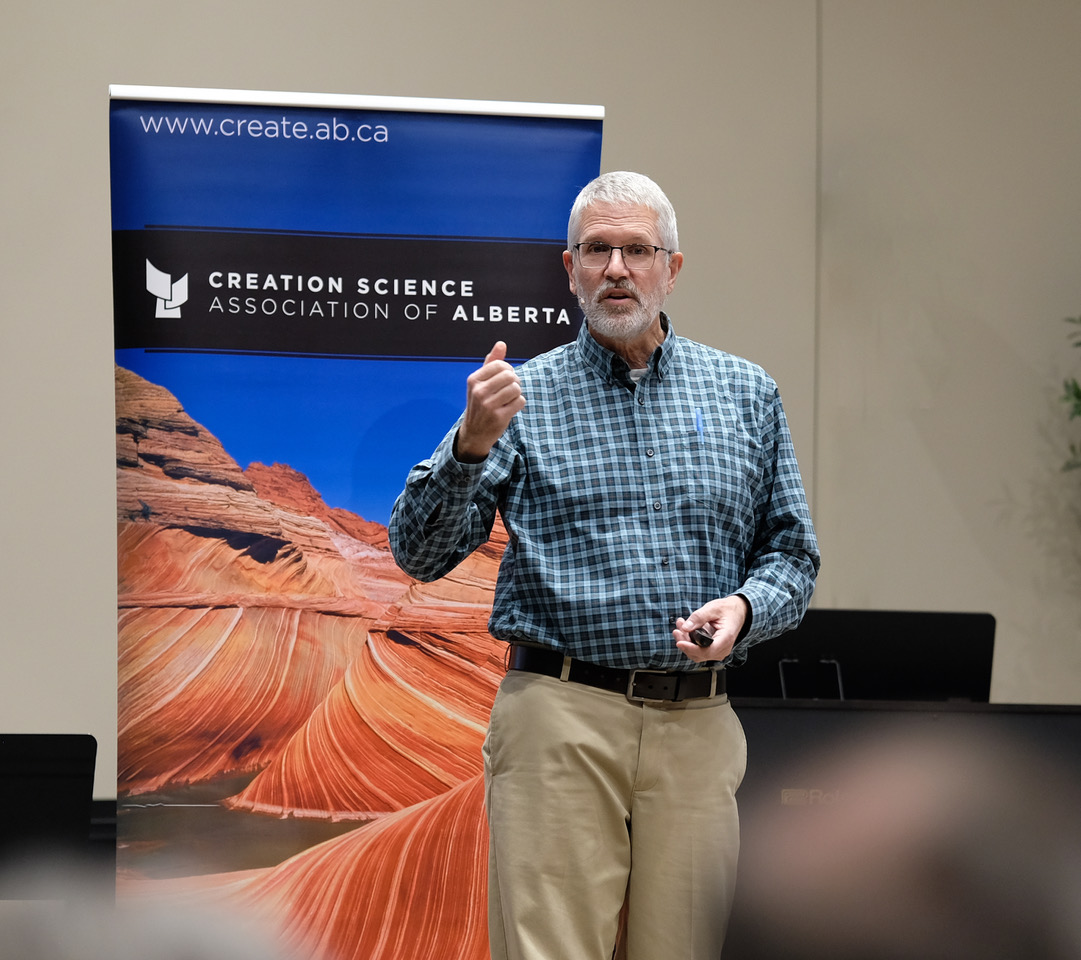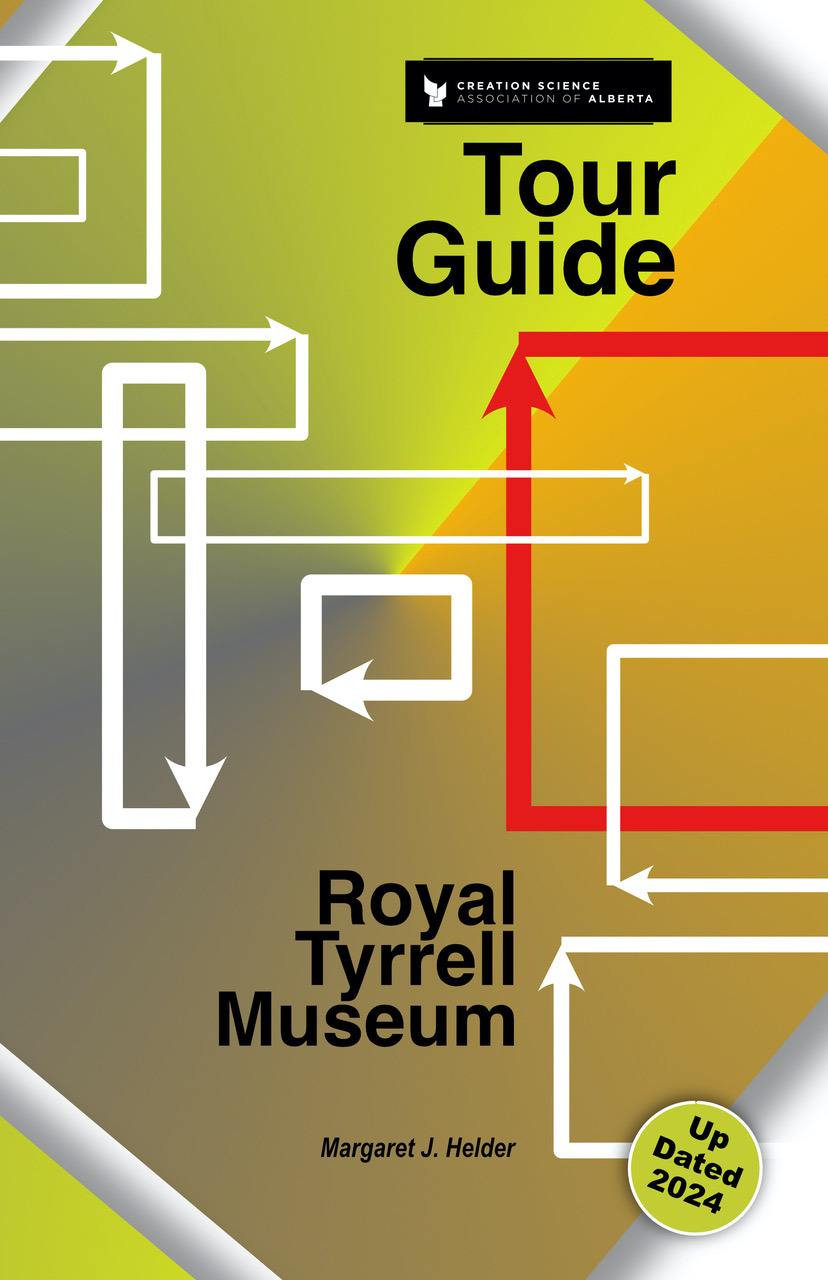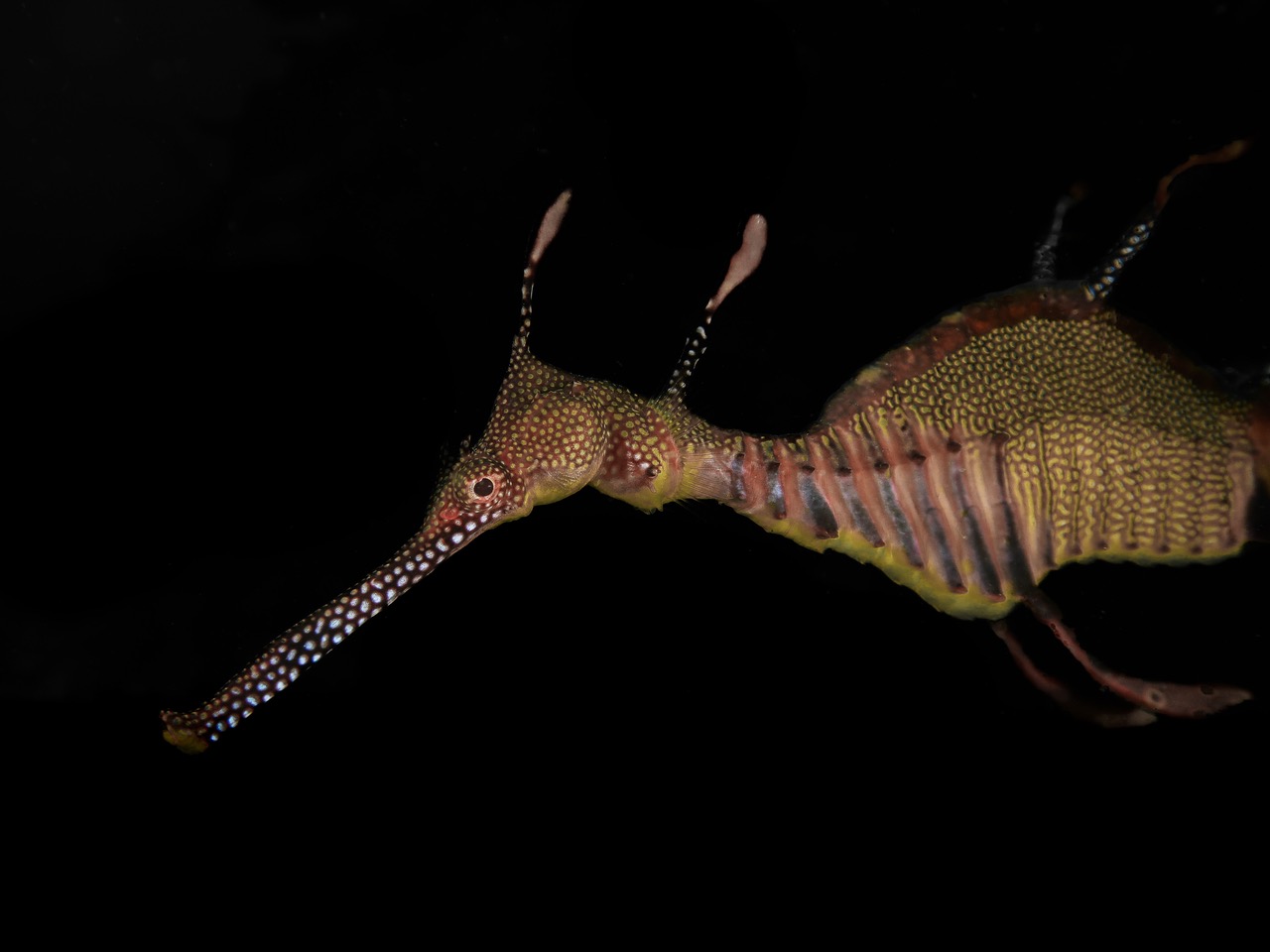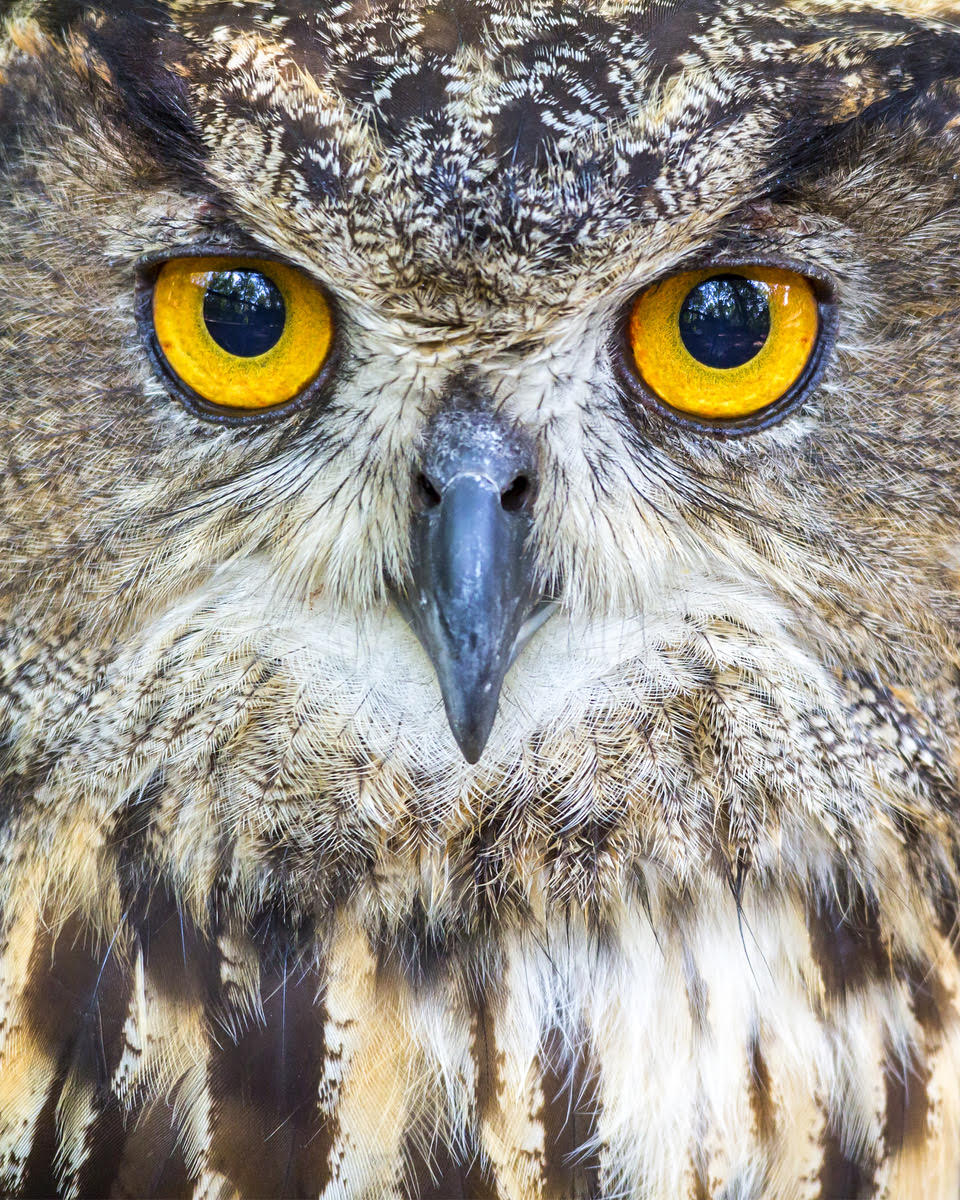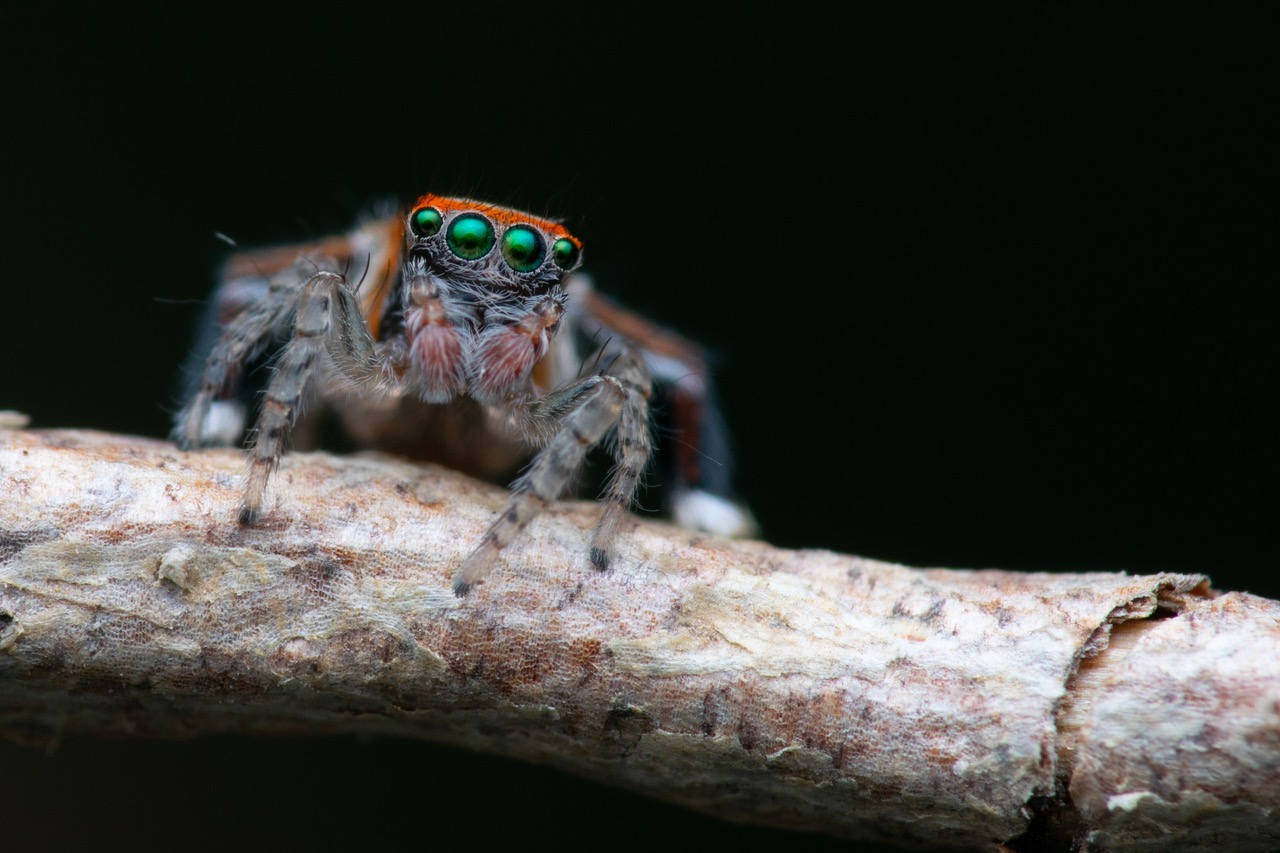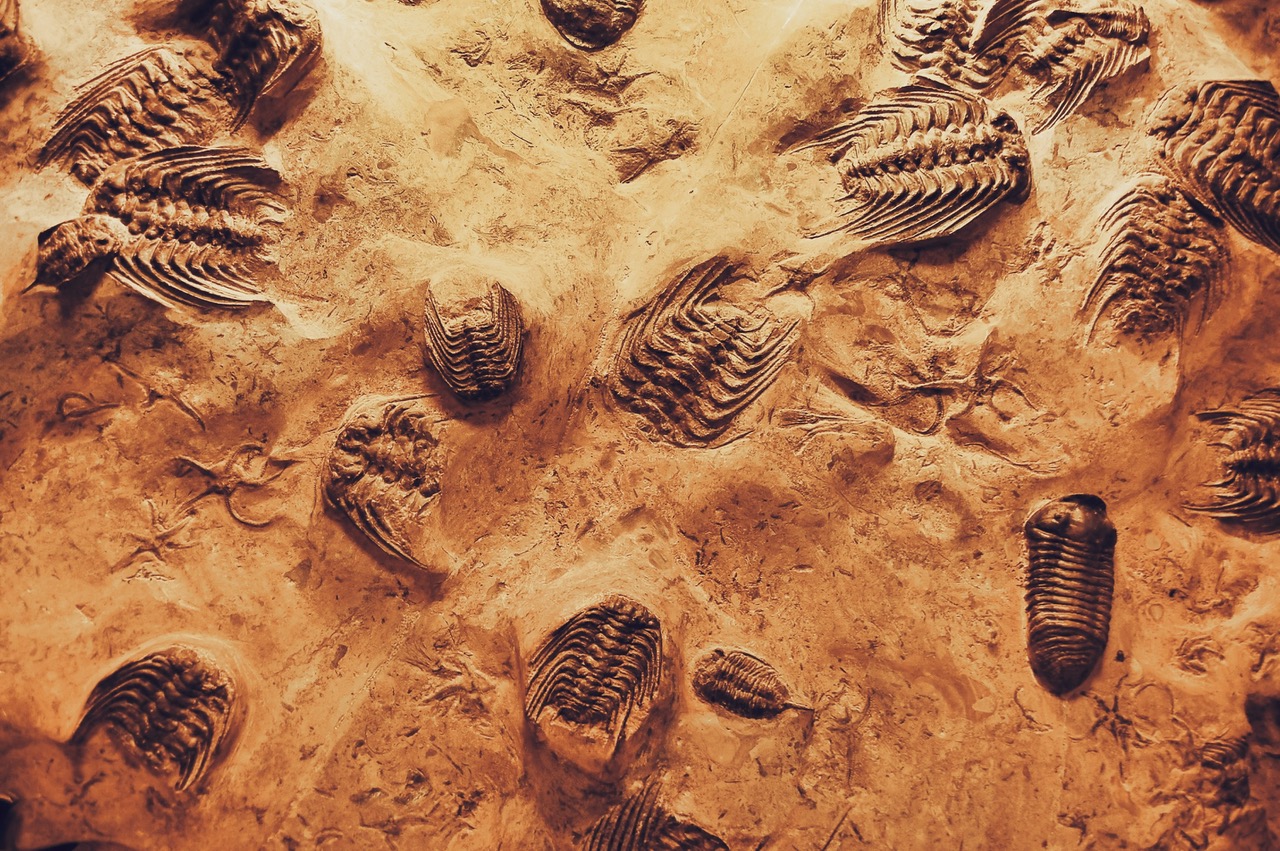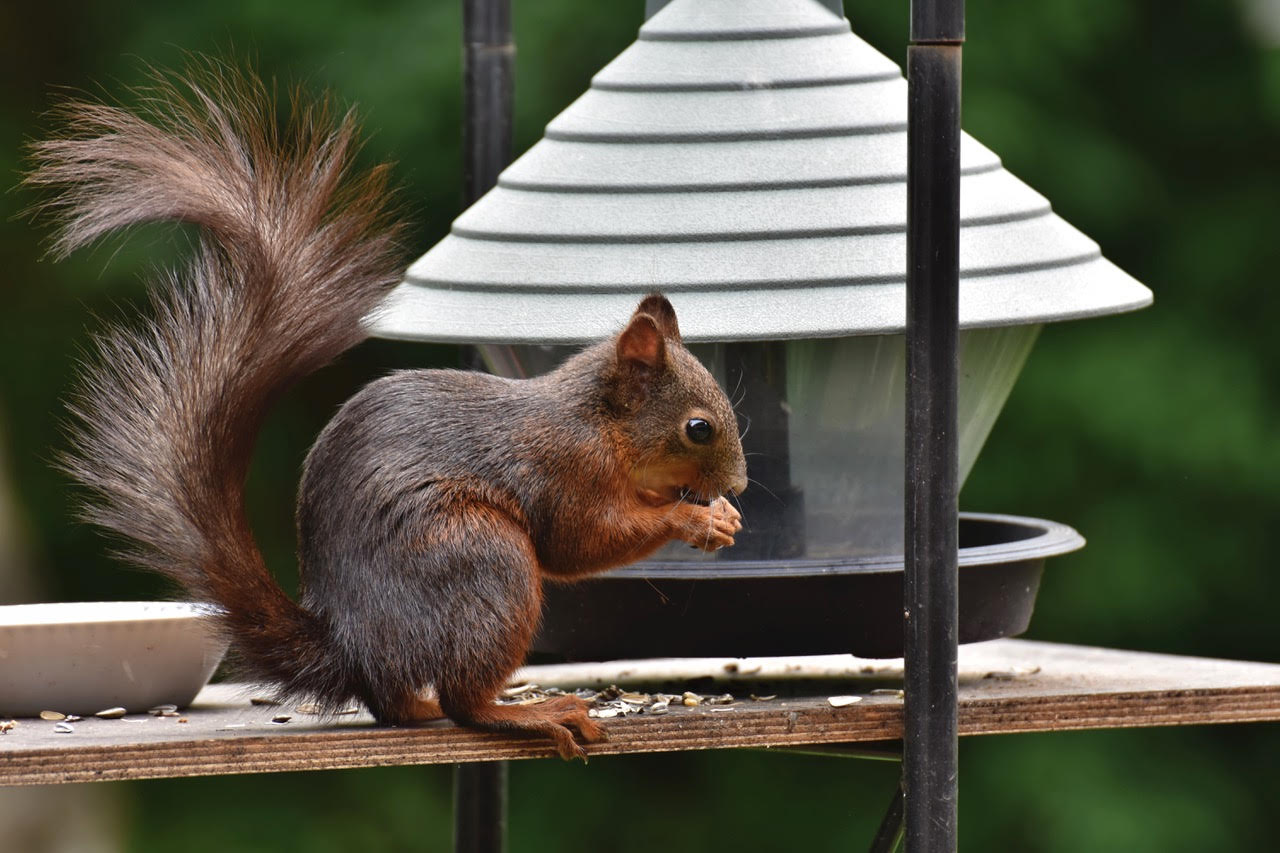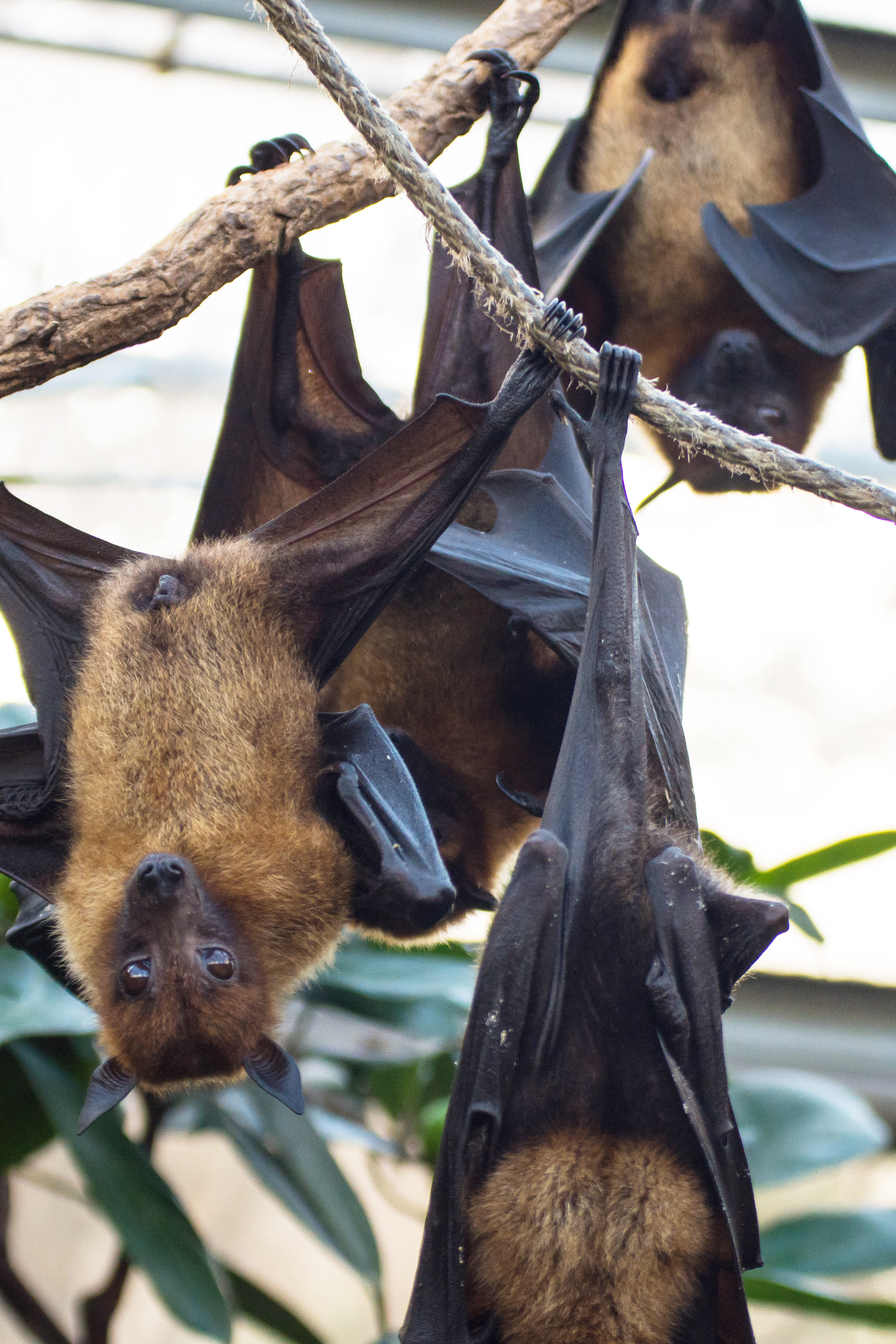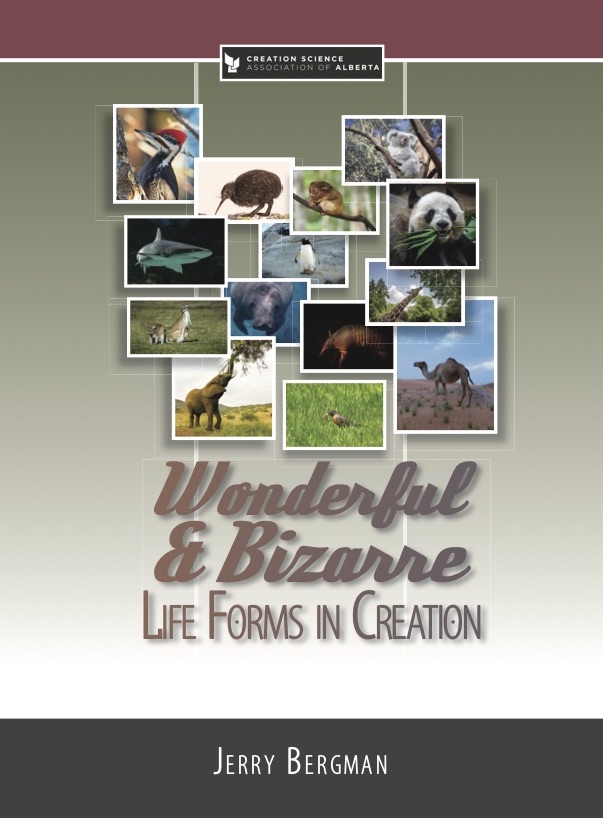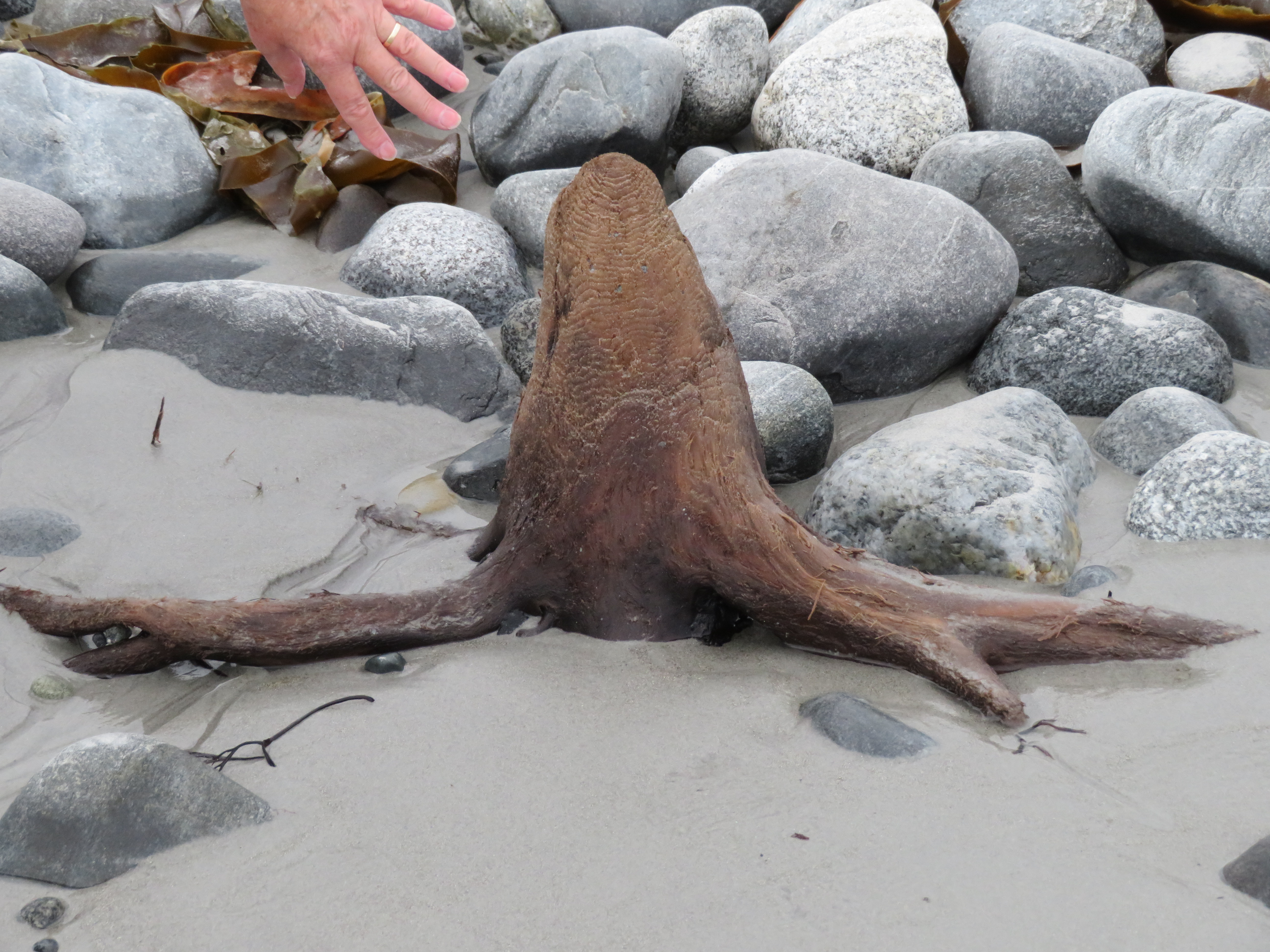Articles » Fossils
It was like old times again! What a pleasure it was to hear our speaker, Dr. Gordon Wilson of New Saint Andrews College in Idaho, address us in person. And everyone appreciated the wonderful venue, Meadowlands Baptist Church, which provided excellent technical assistance as well as an attractive facility. The opportunity to chat with other people and to buy new book and DVD titles, were additional blessings.
Read the rest of this entry »Since the early 1990s, CSAA has produced five editions of a Tour Guide to the Royal Tyrrell Museum. Unlike other guides to similar facilities, this guide includes discussion of most exhibits as they are encountered on a trip through the premises. The fifth and last edition was issued in 2014. It clearly is time for a new edition as there have been many changes since then.
Our guide typically begins with interpretive themes which apply to many of the exhibits. This feature will not change in the new edition. What has changed, is discussion of the preliminary exhibits which occupy about half the space available in the museum. The changes include displays up to the Burgess Shale on the mezzanine.
Read the rest of this entry »Sometimes it takes a youngster to come up with an interesting question. The occasion was a lecture on dinosaurs, presented in Edmonton’s Provincial Museum on December 11, 1990. Following the main address by Dr. Philip Currie of the Royal Tyrrell Museum, an excited group of boy scouts was asking most of the questions. “Is it fun to look for fossils?” “How many dinosaurs has Dr. Currie found?” “What is the biggest fossil found in Alberta?” … Dr. Currie patiently fielded all the queries. Then one young boy asked “Did dinosaurs swim?” As Dr. Currie answered the question, it became evident that this really was an interesting topic.
Read the rest of this entry »Sea dragons (or seadragons) have long had the honor of being on the list of ugliest animals on Earth. The foot-long (from 30-to-45 centimeters) sea dragons, although classified as a fish, look like no fish an ichthyologist has ever seen. They look more like large worms with leaf appendices, a design that has baffled taxonomists and evolutionists alike ever since they were discovered over 200 years ago. This has been a major problem in not only classification, but in producing a plausible evolutionary tree. They do not fit into the category of insects and other water life, so, by default, they are classified as fish. The reason for this classification is they spend their life in water, have fin-like structures like fish to help them move, their young hatch from eggs, and they breathe by gills.[1] Aside from these traits they are very unlike fish.
Read the rest of this entry »HeadStart is a completely new tool available for high school students and their teachers (and postsecondary students). Written and developed by the Creation Science Association of Alberta, this tool is free and easily accessed. Check it out at www.create.ab.ca/headstart
Many people recognize that it is a privilege to learn about God, the Creator and his Creation. That is why, besides observing the natural environment in which we find ourselves, it is a pleasure to go beyond mere observations to discover how things work and why. Most young people undertake to study some science, at least at the high school level. But there is a problem, most programs of study include a lot of evolutionary concepts that point away from God and his work. Even seemingly innocent terms like microevolution, convergence, nucleus, fossil record and plant biology are loaded with evolutionary concepts. However, these phenomena themselves actually point overwhelmingly to the work of God, the Creator as described in Genesis and throughout the Bible. It was to communicate this message, that HeadStart was developed.
Read the rest of this entry »Owls, although birds, are unique compared to other airborne avians. Called the greatest hunters, they are one of the rare bird species that regularly hunt at night.[i] They also have eyes that face forward rather than being located on the sides of their head like most other birds. Also, unlike most other birds, when not flying, owls sit straight up supported by their two legs. Many of the bones that are separated in mammals are fused together in owls, making them strong enough to support their weight when on the ground. They also have large, broad heads surrounded by a collection of feathers around the eyes. Called a “facial disc”, it functions like a satellite dish to amplify sound.[ii] The facial disc is their distinctive trait, possessed by all owls but by no other bird. Also, in contrast to most birds, they do quite well in very diverse habitats, from deserts to forests and even in locations near the arctic, where they are appropriately named snowy owls.[iii] They are also critically important in keeping the rodent population, especially rats, under control.[iv]
Read the rest of this entry »The ubiquitous spiders are the unsung friends of humans. Although spiders are widely feared, very few species are dangerous to people. Spiders bite humans only in self-defense, and unless you are allergic to the venom, few spider bites cause stinging worse than a mosquito bite or even a bee-sting (Vetter, 2008). Spiders feed on our most-common indoor pests, including roaches, mosquitoes, flies, and moths. Only one type is a herbivore, the rest are carnivores. An estimated up-to-800-million tons of insect prey are annually consumed by the spider community, reducing the need for dangerous pesticides (Nyffeler and Birkhofer, 2017). Read the rest of this entry »
Creation Weekend 2021’s on-line conference with paleontologist Dr. Marcus Ross was so dynamic and interesting that it seemed as if we had heard him in person. I found myself thinking about his return trip to Virginia. But, of course, he never left Virginia. Nevertheless, with the wonders of technology, Dr. Ross was able to present two excellent and very different topics. Since his field of expertise is fossils, his whole first presentation dealt with fossils, specifically some scary marine reptiles called mosasaurs. The second talk dealt with the objectives of creationists in their pursuit of science.
In the Royal Tyrrell Museum’s spooky Bearpaw Sea exhibit, if you look up, you will see the skeletons of massive marine reptiles including mosasaurs. Dr. Ross actually came as a student to study Alberta mosasaurs at the Tyrrell Museum. Read the rest of this entry »
One of the most abundant wild mammals living in moderate latitudes is the common squirrel. Squirrels thrive in almost every habitat, from tropical rainforest to semiarid desert. They avoid only the cold polar regions and the driest deserts. Squirrels are also one of the very few mammals that thrive in cosmopolitan areas. Some wild squirrels have even become pets of a sort, or at least comfortable around people, if the human is patient and not aggressive towards the animal (Rose, 2014). As two of the leading squirrel authorities observed, “one can only marvel at how well adapted squirrels are to exploiting a forested environment” and, one could add, an urban environment as well (Steele and Koprowski, 2001, p. 11). Read the rest of this entry »
Versatile and Beautiful
Have you ever noticed how beautiful objects are which are made of wood? The people of Bible times also appreciated and used beautiful wood. The ancient Phoenicians (Canaanites) exported cedar wood for temples and palaces of many contemporary empires. One of their more famous customers was the Assyrian Sennacherib (about 700 B.C.) who commissioned two fleets of ships to be built from the cedars of Lebanon, one for the Tigris River and the other on the Euphrates River. King David himself made extensive use of cedar wood in his palace and his son, Solomon, proved to be even more enthusiastic about the cedars of Lebanon (Cedrus labani). Solomon promised massive payments to his friend and father-in-law King Hiram of Tyre in return for importing cedar trees for the temple. Much later, the Romans sought cedar wood from Lebanon for their own ships. However, Emperor Hadrian cautioned against over-exploiting this resource. Unfortunately, nobody listened and few of these trees remain today. Read the rest of this entry »
There is a fascination with living organisms that closely resemble fossils dated at millions of years old. The classic definition of a living fossil is an extant organism that closely resembles fossil specimens.
In 1938 Miss Marjorie Courtenay-Latimer of South Africa recognized that among recently caught fish, one specimen was unfamiliar. It turned out to be “the only living member of an ancient group of lobe-finned fishes that was known previously only from fossils and believed to have been extinct since the Late Cretaceous period approximately 70 million years ago (Myr ago)”1 Much later, in 1997, a second species of this fish was discovered in the seas around Indonesia. The two species were named Latimeria chalumnae and L. menadoensis respectively. Read the rest of this entry »
Pterosaurs (Greek pteron and sauros, meaning “wing lizard”) are constructed from a combination of the characteristics of mammals, birds and dinosaurs with one of the weirdest looking beaks possible added on. This example points to the problem of taxonomy, the science of classifying life. Pterosaurs fly like birds and can flap their “wings” like a bird. They also can soar like an eagle using bat-like wings made from a flap of skin stretched between their body and a long fourth finger called the wing finger. They also have many body traits like dinosaurs. For this reason, they are often referred to as flying dinosaurs, or dragons of the air (Unwin, 2006, p. 2). Ironically, they are classified as reptiles likely because birds supposedly evolved after them.
Pterosaurs were first discovered in 1784 in the German Solnhofen limestone quarries. This is the same location where another strange creature, Archaeopteryx, originally identified as a pterosaur, was found (Clarey, 2015, p. 66). Twenty-nine pterosaur species, over 26% of the 110 pterosaur species currently known (in about 85 genera), have been found in Solnhofen limestone quarries alone.
Dr. Jerry Bergman, who needs no introduction to readers of Dialogue, is the author of a delightful new book for families and animal-lovers and all who enjoy fascinating details from nature. Readers of Dialogue, for more than fifteen years, have been blessed with little known insights into some well-known creatures. His new book Wonderful and Bizarre Life Forms and Creation is a collection of the “best of Bergman” from Dialogue plus a few completely new chapters. The twenty-three chapters present each creature with pictures and highlights. This is an attractive and well documented book in full colour, which will inspire much reflection and discussion. Many will want to buy several copies, one for personal use, and others for those special people in their lives! Read the rest of this entry »
Order OnlineThe media are full of accounts of how people have used their unexpected “down time” at home during the COVID pandemic. What we chose, be it bread baking or house-cleaning or crafts or whatever, obviously reflected personal preference. As far as I was concerned, this time was a golden opportunity to do some extra scientific reading. It all began with an article in Nature that promoted an ancestral relationship for red seaweeds with an organism that was the exact opposite of all the features in red seaweeds. Perhaps I lack imagination but I could not believe that this prestigious journal had indeed published such an argument. It seemed hilarious to me. Read the rest of this entry »
One of the most delightful aspects of travel is the prospect of new adventures. And so it was, on a blustery and chilly day in late September, that we found ourselves driving along the southeast coast of Nova Scotia. We were heading to Hawk Beach on Cape Sable Island, the most southerly tip of Nova Scotia. Such beaches are never easy to find, and we had to ask twice before we found it. After driving down very obscure roads, we found the beach after we had scrambled up quite a high embankment. Read the rest of this entry »


